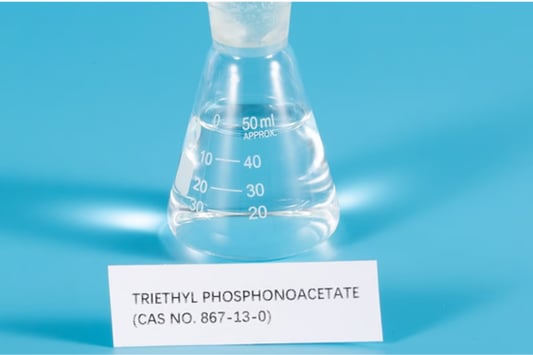Introduction: What are Fine Chemicals?Fine chemicals are a category of specialty chemicals that are produced in small quantities and are used primarily in pharmaceuticals, biotech, and agrochemicals. They are highly refined and have a level of purity that is higher than that of industrial chemicals. Because of their complex nature, fine chemicals require specialized manufacturing processes. Pharmaceutical IndustryFine chemicals are extensively used in the manufacture of pharmaceuticals. They are used in the development of active pharmaceutical ingredients (APIs) and other chemicals that are used in drug formulations. Fine chemicals are also used in the manufacture of generic drugs. The pharmaceuticals industry is the largest market for fine chemicals, accounting for more than 80% of the market share.Agrochemical IndustryFine chemicals are essential in the production of agrochemicals, which include pesticides, herbicides, and insecticides. They play a critical role in ensuring food security by increasing crop yields and preventing crop destruction due to pests and diseases. Fine chemicals are also used to develop new agrochemicals that are more efficient and environmentally friendly.Biotech IndustryFine chemicals are widely used in the biotech industry, in the development of biomolecules and biologically active compounds. These chemicals are used in a range of applications, including diagnostics, therapeutics, and research. Fine chemicals play a critical role in the development of biotech products that are used to treat life-threatening diseases.Cosmetics IndustryFine chemicals are also used in the cosmetics industry, where they are used as active ingredients in skincare products, haircare products, and makeup. They are used to enhance the performance of these products and to provide specific benefits, such as moisturization, anti-aging, and sun protection.Chemical ResearchFine chemicals are critical in chemical research, where they are employed in the development of analytical standards and reference materials. They are used to develop new analytical techniques and to validate existing ones.Environmental RemediationFine chemicals are also used in environmental remediation, where they are employed to clean up polluted sites. They are used as catalysts in chemical reactions that degrade toxic chemicals, such as heavy metals and pesticides. Fine chemicals are also used to develop new methods for environmental remediation.Quality ControlFine chemicals are critical in quality control, where they are used as reference standards. They are employed in chemical analysis to ensure that the quality of products meets the required standards. Fine chemicals are also used in the testing of raw materials and finished products.Regulatory ComplianceFine chemicals are critical in regulatory compliance, where they are used in the testing of products for compliance with regulations. They are also used in the development of new regulations and guidelines for the use of chemicals in various industries.ConclusionFine chemicals are essential in a wide range of industries, including pharmaceuticals, biotech, agrochemicals, and cosmetics. They play a critical role in the development of new products, analytical techniques, and regulations. The market for fine chemicals is expected to continue to grow as demand for specialized chemicals increases. Quote InquiryIf you have any questions, please let us know asap!










